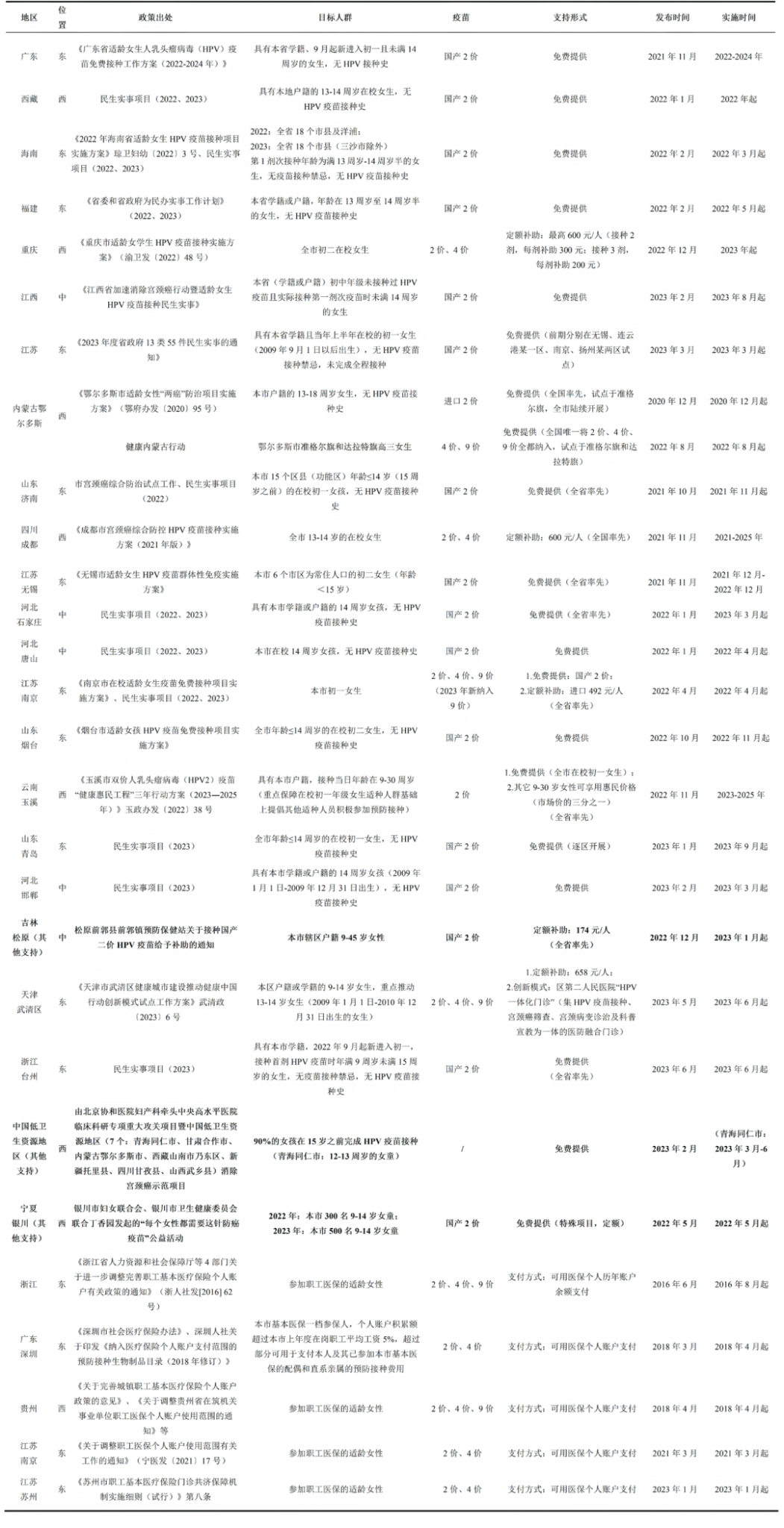Summary
Myanmar is a lower-middle-income country with 68% of its 54.58 million population residing in rural areas. It has been Gavi-supported and is currently in the preparatory phase of transition process of Gavi’s co-financing plan. Its Expanded Programme on Immunization (EPI), launched in 1978, covers 10 vaccines against 13 diseases. However, vaccine coverage has declined since 2020 due to the COVID-19 pandemic and ongoing conflict, with persistent drop-out rates and inequities in hard-to-reach and conflict-affected areas.
The Central EPI (CEPI) is under the Ministry of Health’s Department of Public Health. CEPI and the Central Epidemiology Unit (CEU) oversees programme’s formulation, planning and development, and other operational-related work. The National Committee for Immunization Practice (NCIP), a multidisciplinary advisory body, guides the National Vaccine Programme. Myanmar relies heavily on international assistance, with Gavi as the main contributors; government financing was unstable in the past decade and accounted for 26% of routine immunization expenditure in 2019.
Vaccines are provided free of charge through both fixed and mobile delivery strategies, with midwives serving as key providers at the subcenter level. Despite a three-tiered cold chain system, logistical constraints and inadequate transport resources hinder service delivery. Vaccine-preventable disease (VPD) surveillance is conducted by a WHO-supported network, while adverse events following immunization (AEFI) are monitored and reviewed through NCIP’s expert review committee.
About NIP Country Case
The NIP country case was part of the WHO APO report Comparative analysis of the national immunization programmes in select ASEAN and SAARC countries: progress and challenges. The study was conducted by the VaxLab team in 2023-2024.
More in the report Chapter 2 (PDF Page 35/154): https://iris.who.int/bitstream/handle/10665/380387/9789290620785-eng.pdf?sequence=1&isAllowed=y
Content Editor: Tianyi Deng
Page Editor: Ruitong Li





